On a typically bone-chilling day in December of 1952, the Number 78 bus trundled onto Tower Bridge and over the River Thames. The month was nearly at an end, the 20 passengers perhaps anticipating New Year celebrations. To his shock and surprise, bus driver Albert Gunter saw the road ahead begin to rise. The bridge’s twin-span bascule was opening.
Were this an episode of The Dukes of Hazzard, Merle Haggard would show up with some crack: “Them Duke boys better start flappin’ their arms.” Were this the defining bus jump stunt from 1994’s Speed, Keanu Reeves would yell for everyone to hang on to something and throw himself in front of Sandra Bullock.

But this is not fiction. A gulf yawned ahead. The engine began to strain. The slight, middle-aged man behind the wheel set his jaw – and floored the pedal. The bus went airborne.
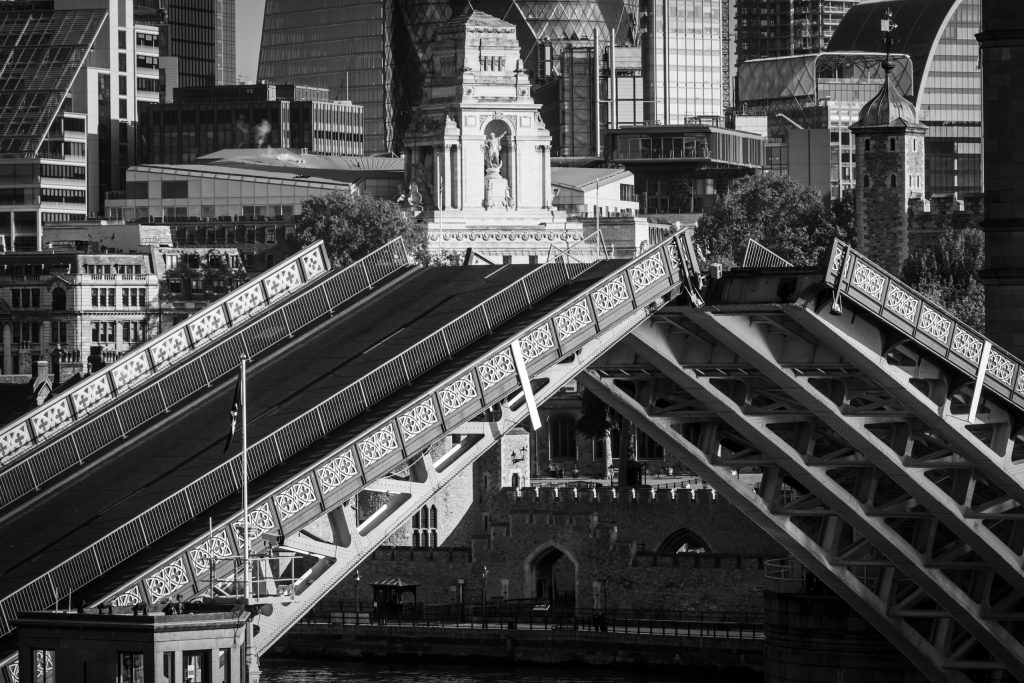
Jumping cars over things is a hundred-year obsession for mankind. Perhaps the idea originated on horseback, with the sport of steeplechase. Perhaps it was merely the wish to create a bigger spectacle in the first days of the silver screen. Whatever the case, early twentieth-century attempts did not go well.
In time, all manner of carefully planned (and sometimes just plain reckless) stunt coordination made the flying automobile or motorcycle a reality, however brief. Some of the highlights: Evel Knievel, who defined the stuntman craze of the 1970s. The complex, computer-assisted choreography of the barrel-rolling AMC Javelin in 1974’s Bond flick, The Man with the Golden Gun. General Lee blasting past a “Bridge Out” sign in 2005. Today’s ever-crazier Fast and Furious shenanigans. Whatever the era, there was something on a screen to make us believe we could fly behind the wheel. To this day, a flat-bed truck with the ramp down looks tempting.
Leaping a Harley over multiple buses is a very different animal than leaping a bus over anything. In Speed the stunt vehicle, a 40-ft GM New Look TDH-5303, smashed into the ground so hard it blew a tyre, ruptured the oil pan, and rattled off its doors. The stuntman, wearing a helmet and light body armour, somehow walked away.
A London double-decker bus is an even more ungainly aviator. The distinctive design is a nearly two-century tradition, dating back to the horse-drawn carriages of the early nineteenth century. These were properly called “omnibuses,” and operated by an outfit called the London General Omnibus Company.
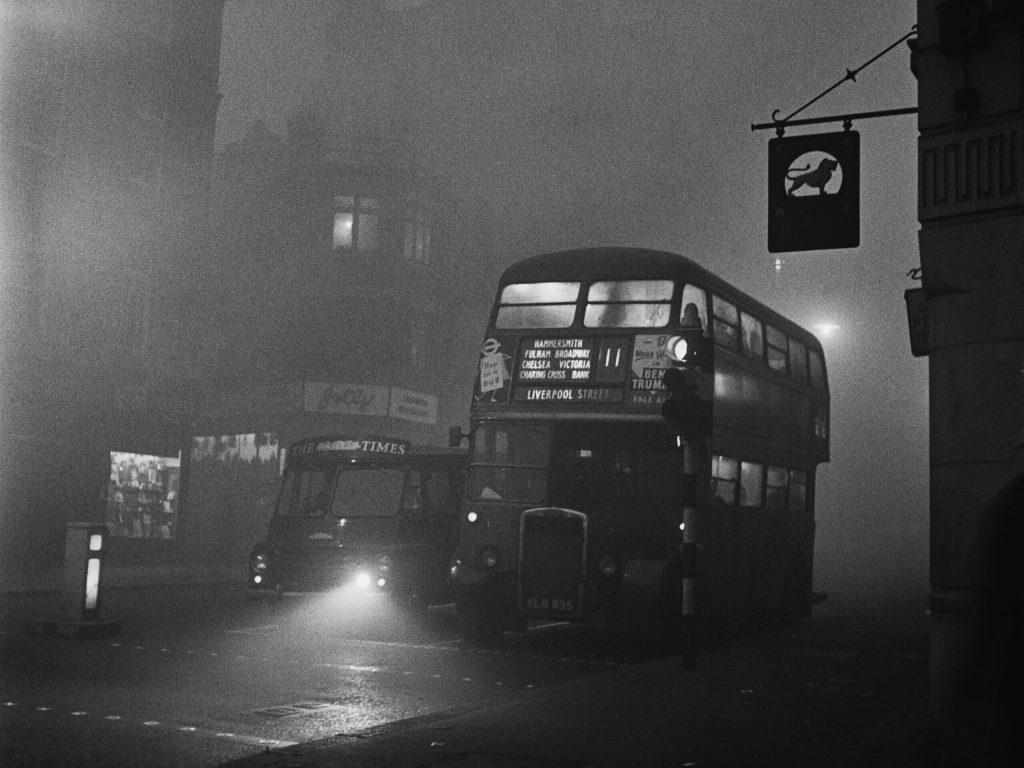
Starting in 1907, London General Omnibus Company began to paint their buses red. Horse power gave way to steam, then to combustion. By 1956, the distinctive AEC Routemaster made its first trip. These double-deckers, with their offset position for the driver and generally cheery appearance, were a stalwart on the roads right up until the mid-2000s. London’s modern bus needs are fulfilled by the New Routemaster, made by Wrightbus.
Gunter’s bus, the 78 line between Shoreditch and Nunhead, was a slightly older AEC model, the Regent III RT. These looked much like the Routemaster, just with a more upright grille, and were the most common buses in London through until the 1970s. The prettier Routemaster got the glamour; the RT was the workhorse. Number 78, however, would have its day in the spotlight.
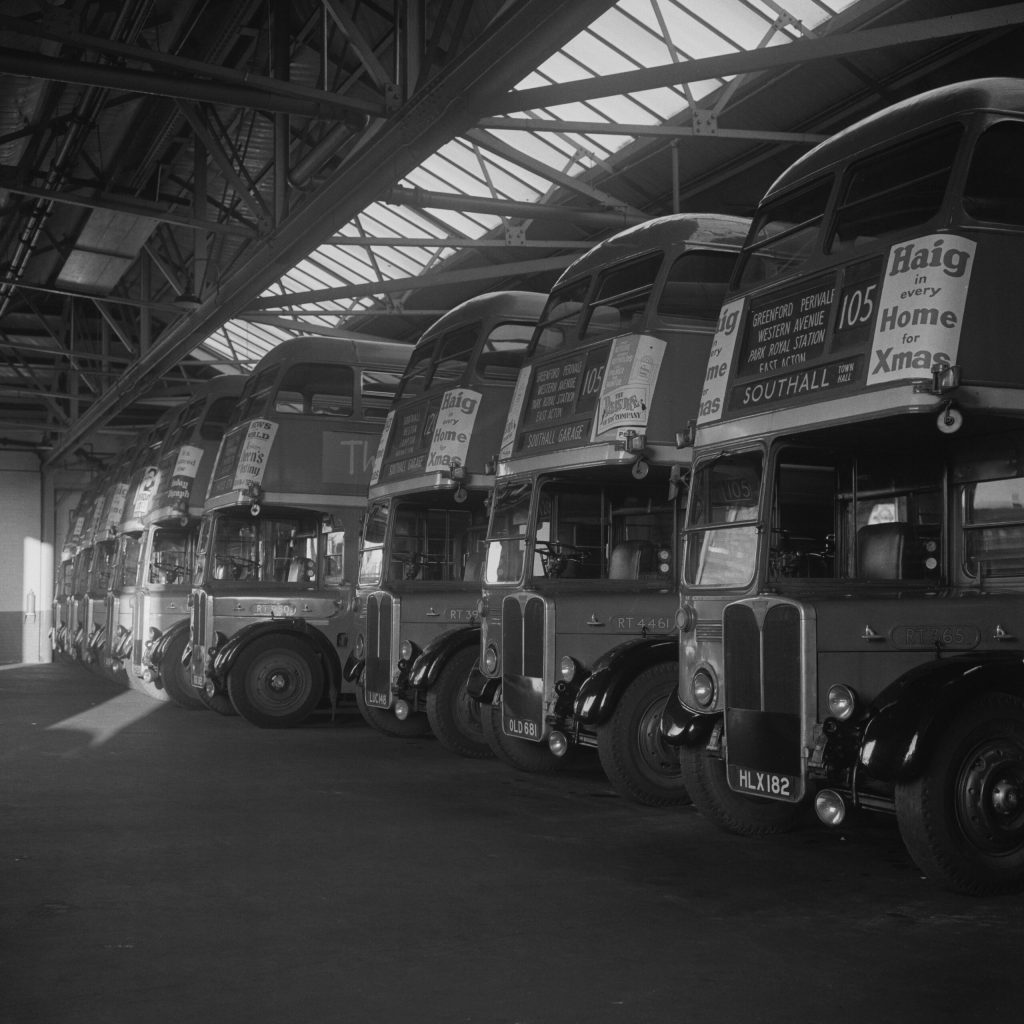
According to a later interview with one of the passengers, Gunter had been a tank driver during the war. While London double-deckers are tested for top-heaviness, his intuition said that simply stopping on the bridge might cause the bus to topple into the water as the ramp was raised.
The gap is variously described as three to six feet wide at the moment Gunter’s double-decker leaped it. Though the passengers were thrown to the floor and the conductor broke his heel, the bus made it to the far north bank of the river and to safety. One likes to imagine one of the passengers quipping, “Fix the pipe-lighter, old bean.”
Albert Gunter was officially commended for his quick thinking. He received the princely sum of £10 (about £240 today) and several days off. The reward was more than he made in a week. He promised to split it, “five for me and five for the missus.”
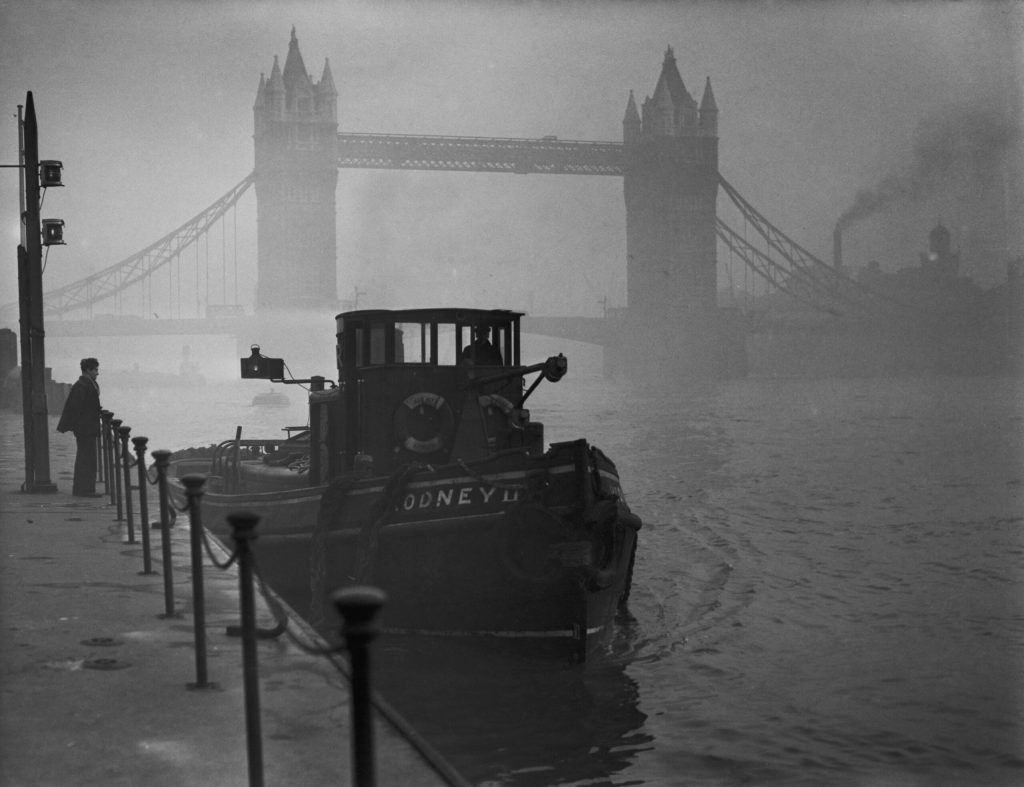
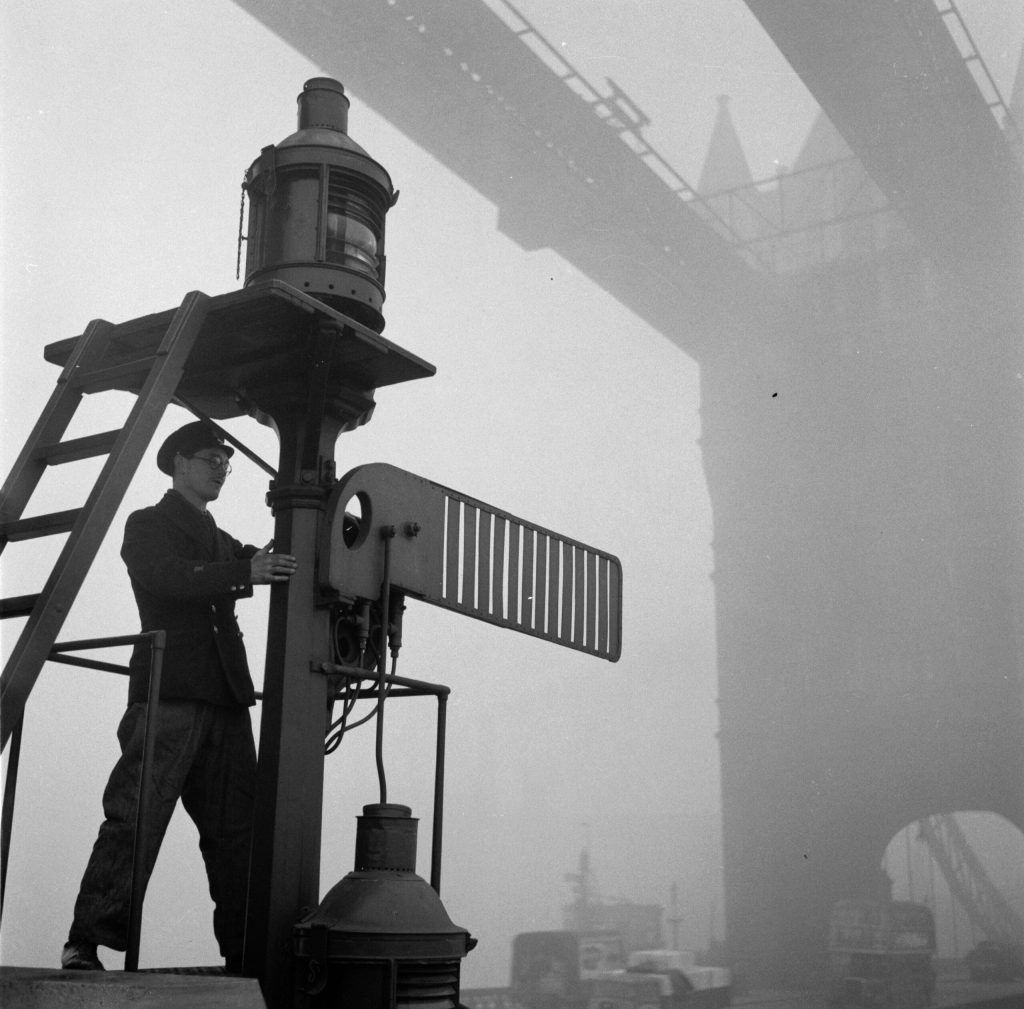
There was further good news: By way of apology, the corporation that ran London Bridge paid Gunter £35. His family received a week’s free holiday in the seaside town of Bournemouth, reportedly the Gunters’ first break in five years. Their two children, aged eight and 14, were invited to the annual children’s party held by London’s mayor.
The slight, cheerful Gunter returned to driving Number 78 and disappeared from the spotlight. A quiet life in bustling London, a smile for his regular passengers, perhaps a pint at the end of the day. But you know that, sometimes, down at the pub on a Friday, he would get the question.
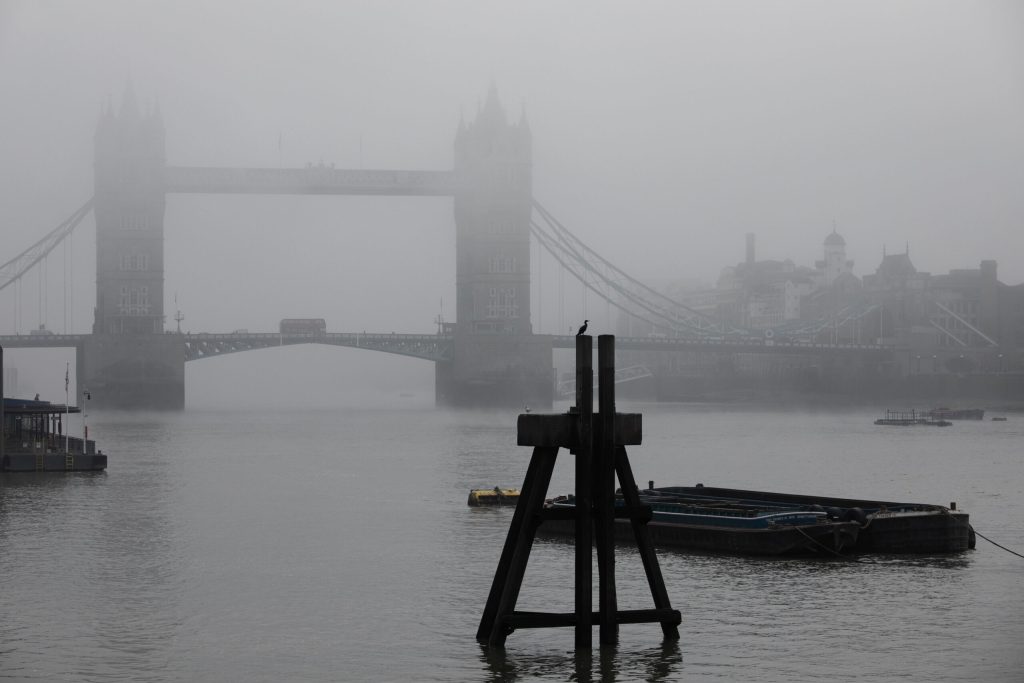








I am 67 years old
“There was further good news: By way of apology, the corporation that ran London Bridge paid Gunter £35.” That’s generous of them, since the incident took place on Tower Bridge!
Being a retired bus driver I cannot believe that someone would have the gall to do that even in a modern bus.the old RT were hard work ! Well done thatan
Lovely story. Good to see Mr Gunter & his family being rewarded this way. BTW do you write short stories?
My aunt was on that bus and luckily did not suffer any injuries and it did not deter her daily commute across the bridge.
It’s only by a miracle the 78 still runs, it was due to be axed but Southwark locals prevented such.
On a recent Antiques Roadshow 01/24 a person brought the side bus # RT793 and told this story!
He also said that the bridge person had forgotten to close the gate thus allowing the bus to proceed onto the bridge.